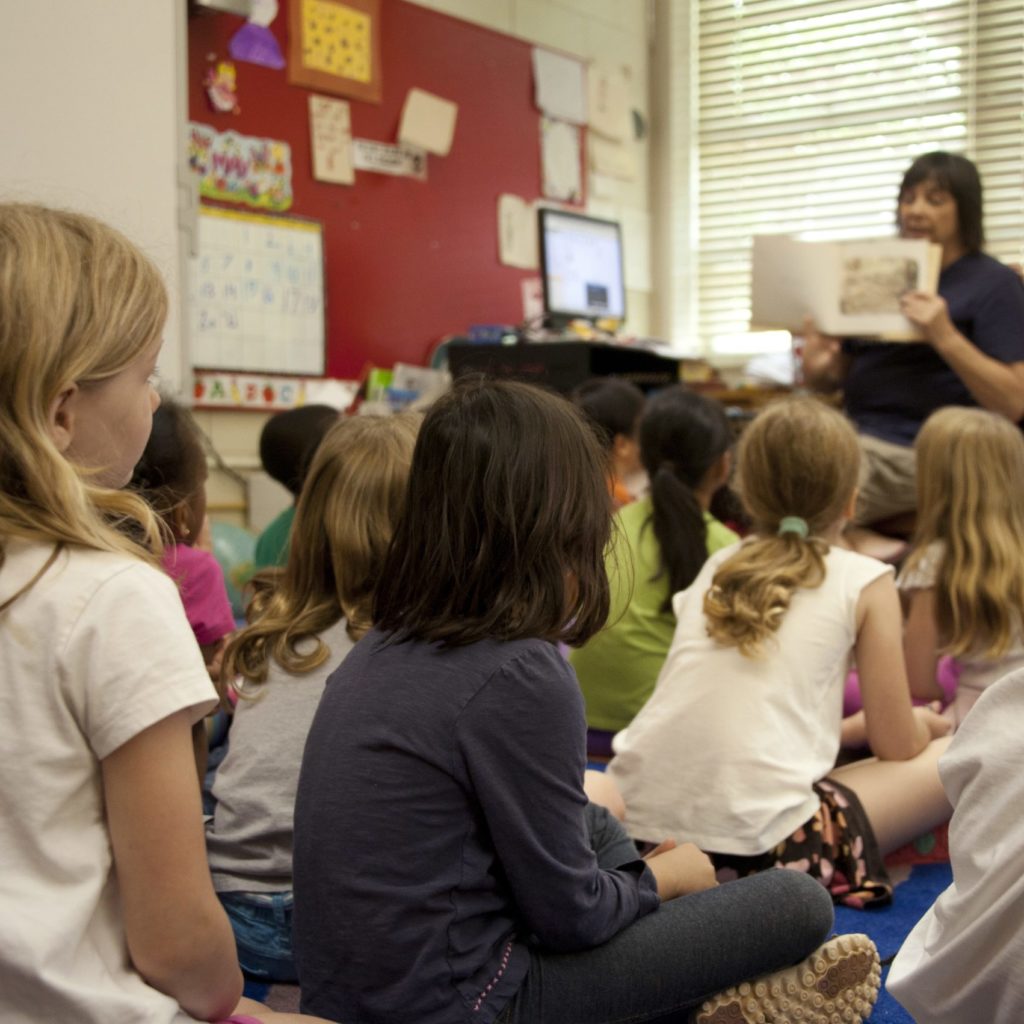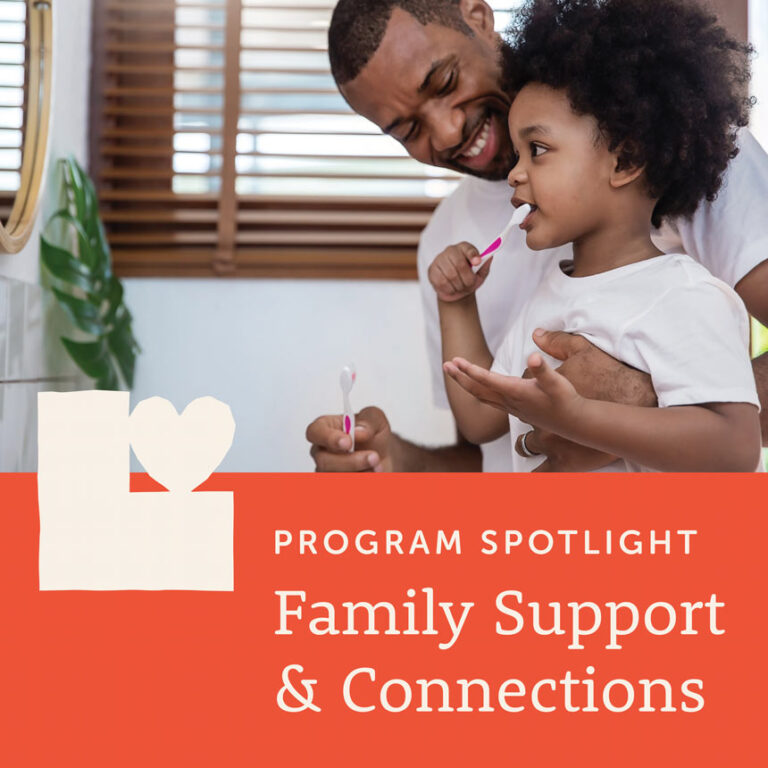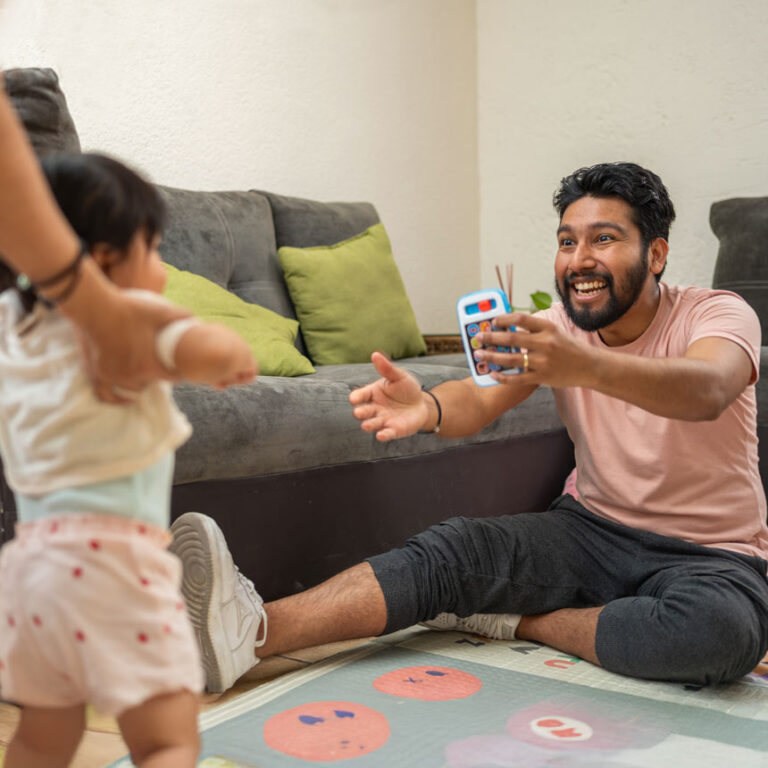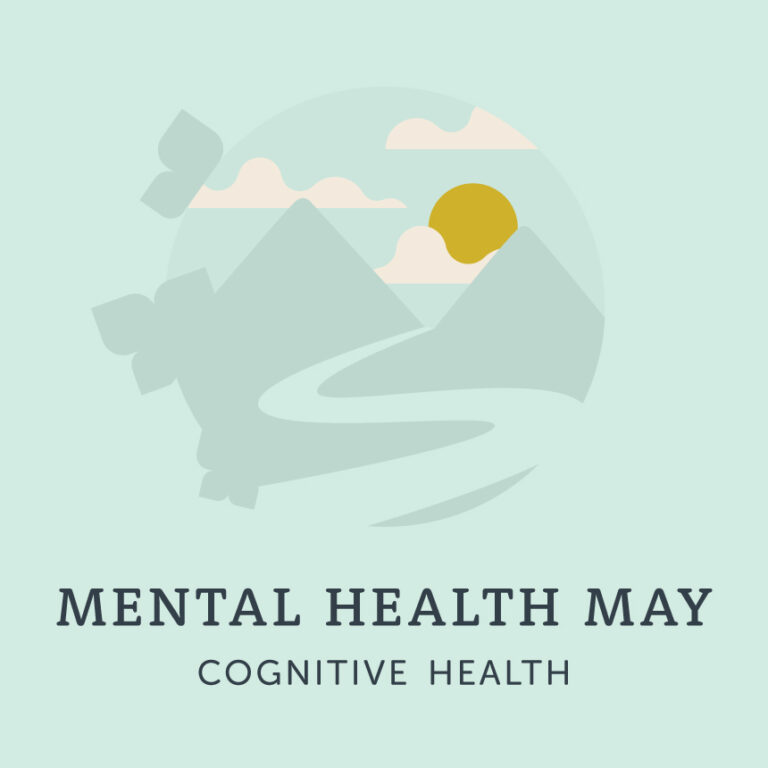
Growing up, most of us experienced discipline in school that focused heavily on punishment. For example, acting out might result in being sent to the principal’s office or being assigned detention after school. But do these types of punishments really improve student behavior?
Dr. John Clements, the program director of LifeWorks NW Children’s Day Treatment Program—a therapeutic education experience—doesn’t think so.
“We don’t do that. My experience is that it doesn’t work well. On a larger scale, it’s not a successful long-term strategy.”
This is because students who don’t have the skills to manage challenging situations in the classroom can easily get trapped in a cycle of discipline. Instead, he says, his program focuses on helping students learn to become good citizens with a strong moral compass. That starts with understanding the reasons why children tend to act out and addressing them with compassion.
Dr. Clements says, “Some of our kids have experienced some fairly horrible life experiences, some really traumatic events in their life. And they present with clinical levels of either anxiety or depression, and sometimes both. Sometimes you’ve got anxiety which, as it turns out, looks a lot like post-traumatic stress disorder which came directly from that traumatic event.”
In other cases, students may have a diagnosis like Autism or ADHD that causes them to experience the world differently from their peers. In these situations, it’s difficult for children to successfully engage with a traditional classroom. The goal of LifeWorks NW’s program is to create a treatment plan that addresses the child’s mental health needs while also giving them tools to deal with the challenges of a school environment.
How Positive Problem-Solving Helps Children Succeed
LifeWorks NW’s Day Treatment program focuses on positive problem-solving.
“The core belief is that kids will behave appropriately if they have the skills,” Dr. Clements explains. “So frequently what we see is a parent trying to get the kid to do something, and then the parent reaches a level of irritability and frustration where they somehow begin to believe that their child is, in fact, choosing to misbehave.”
In a classroom, it can play out much the same way. When a teacher sticks to a lesson plan, some students just won’t be able to follow or will have difficulty. There may be a mismatch between learning style and the teacher’s teaching style. That can lead teachers to assume a child is being disrespectful, when they may simply be struggling to understand a lecture.
When a parent or teacher’s tolerance decreases enough, they frequently respond by maintaining strict expectations that ultimately lead to discipline. They tell the child, “I’m the adult, and you’re supposed to do what I say.” The result is an approach that’s dominant and leaves little room for autonomy or self-expression, and may simply worsen the issues causing a child to behave inappropriately.
While Dr. Clements admits there’s a place for this way of managing behaviors, he says it’s most appropriate in situations where a child’s health or safety is at risk. In other situations, he encourages parents and teachers to consider leaving more room for flexibility.
“With the children in my program it’s really kind of unique because of the young age of the kids,” Dr. Clements says. “Our [LifeWorks NW-Tigard Day Treatment] program accepts referrals between the ages of five and 11. And when there are difficulties at that age, part of the problem is that they haven’t developed certain types of coping skills. So, when they experience emotions from irritability to frustration or overstimulation, they don’t know how to respond.”
For very young children, this issue can be especially pronounced.
“Behavior is a very strong, powerful voice. Because they don’t know how to express themselves clearly. They don’t know how to describe their feelings. They don’t know what’s going on. They just know, at this point in time, they’re really frustrated and [their] behavior gets the attention of the parent or the adult figure and their needs get met.”
Instead of harsh punishments, his staff tries to talk to students and find out what they’re thinking and feeling, so that all parties involved can reach a solution. This teaches children how to use their voices so that they can express their needs and feelings in more appropriate ways. This approach is called Collaborative Problem Solving.
And, of course, there’s always a third option when it comes to discipline – ignoring the expectation. While there are many situations where this is an unhelpful response, there are also battles that parents and teachers may decide are just not worth fighting. For example, if a child insists on only wearing clothes of a certain color every day. Some parents may find it frustrating, while others may see it as a harmless phase and let it go.
This also can be a useful strategy in more challenging situations, at least in the moment. If a child has a tantrum and throws their toys all over the room, it might be most helpful to simply forget about cleaning up and focus on helping the child calm down. Getting upset at a child about the mess they’ve made might only escalate the situation.
“Frequently, kids will come back and clean up after themselves once they’ve calmed down,” Dr. Clements says.
Implementing Positive Problem Solving in the Classroom
The most important thing about discipline, according to Dr. Clements, is simply making sure all of the child’s caregivers are on the same page. In the LifeWorks NW Day Treatment Program, staff work to teach Collaborative Problem Solving to parents and students. They then work as a team to determine the goals so that students have a consistent set of expectations during the day. With the classroom expectations set, they work on teaching the skills that will lead to successful classroom behaviors.
What those goals look like vary based on the age of the children and their progress in the program. The younger students simply won’t have the ability to process higher-order thought like cause and effect, while middle schoolers are at a stage of brain development where they can better understand abstract language and thought.
No matter what the age of the child, staff will consistently approach them for their point of view about the situation, so they can better understand the reasons for their behavior. That buy-in from the child, Dr. Clements says, is key to helping them develop their voice and tailoring treatment to their specific needs.
It’s especially important to emphasize the child’s voice in cases where they have been diagnosed with a mental health condition. If a child experiences depression or anxiety, for example, a parent may become so protective that they don’t place enough importance on the child’s thoughts and feelings. That gives the child fewer and fewer options for problem solving, and may actually increase unwanted behavior.
“About 99 percent of the time,” Dr. Clements says, “these behaviors are because that child has not found a successful strategy to solve a problem. What we want to do is help that child solve the problem.”
How Social Justice Frameworks Can Aid Classroom Management
Instead of dishing out punishments for a child’s behavior, Dr. Clements encourages efforts to focus on helping them reconcile for any negative situations they’ve created.
So, if a child tears up the classroom during a tantrum, the solution is to help them figure out how to clean up afterwards. If they say or do something that upsets another student, teachers should help them give a meaningful apology. In the Day Treatment Program, this process may involve a debrief conversation between the student and their peers, where they apologize to their classmates for their behavior, then explain what happened and why they got upset.
In taking this more compassionate approach to discipline, teachers and parents can help children better articulate their needs, struggles and boundaries – preparing them not only for mainstream classes, but also equipping them with strong communication skills that will serve them throughout their lives.










